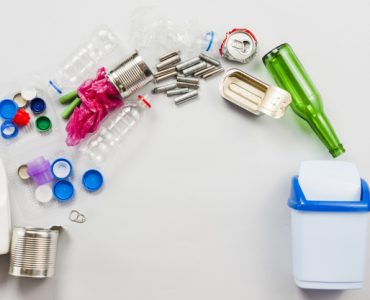If you are considering a new, exterior paint job for your home, be sure to verify if your present paint is poisonous or not. Lead paint is toxic both to humans and the environment. Even the smallest amount of ingested lead can have a permanent detrimental effect on organs and brain.
Prior to stripping and scraping old paint, acquire a lead test kit and make sure to place every layer of paint that has ever been whipped on your home under the microscope. If you find out that you are actually dealing with lead-based paint, perform the following to securely remove it.
When removing lead paint always wear a respirator and not a dust mask. Additionally, eye protection, gloves and throwaway clothing ought to be worn all the time. When working on the exterior of your home, place drop sheets or plastic on the ground to hold paint drops and keep them from polluting the soil.
To remove lead-based paint, don’t ever use open flame heat guns or sanders. To easily scrape and remove paint, use infrared paint stripper. After the paint has been weakened, just rub it off and dispose of the toxic waste at your closest disposal facility.
When sandpapering the surface prior to applying a new coat of paint, wear your respirator, gloves and eye protection. Finally, use low VOC or a soy-based paint for the new coat, like SafeCoat. SafeCoat is not only safer and less toxic; it doesn’t have extenders, dryers, formaldehyde, and fungicides. Additionally, due to its higher resin content, the finish is of superior quality and long-lasting. SafeCoat offers good selection of SafeCoat paints through its website, GreenNest.











